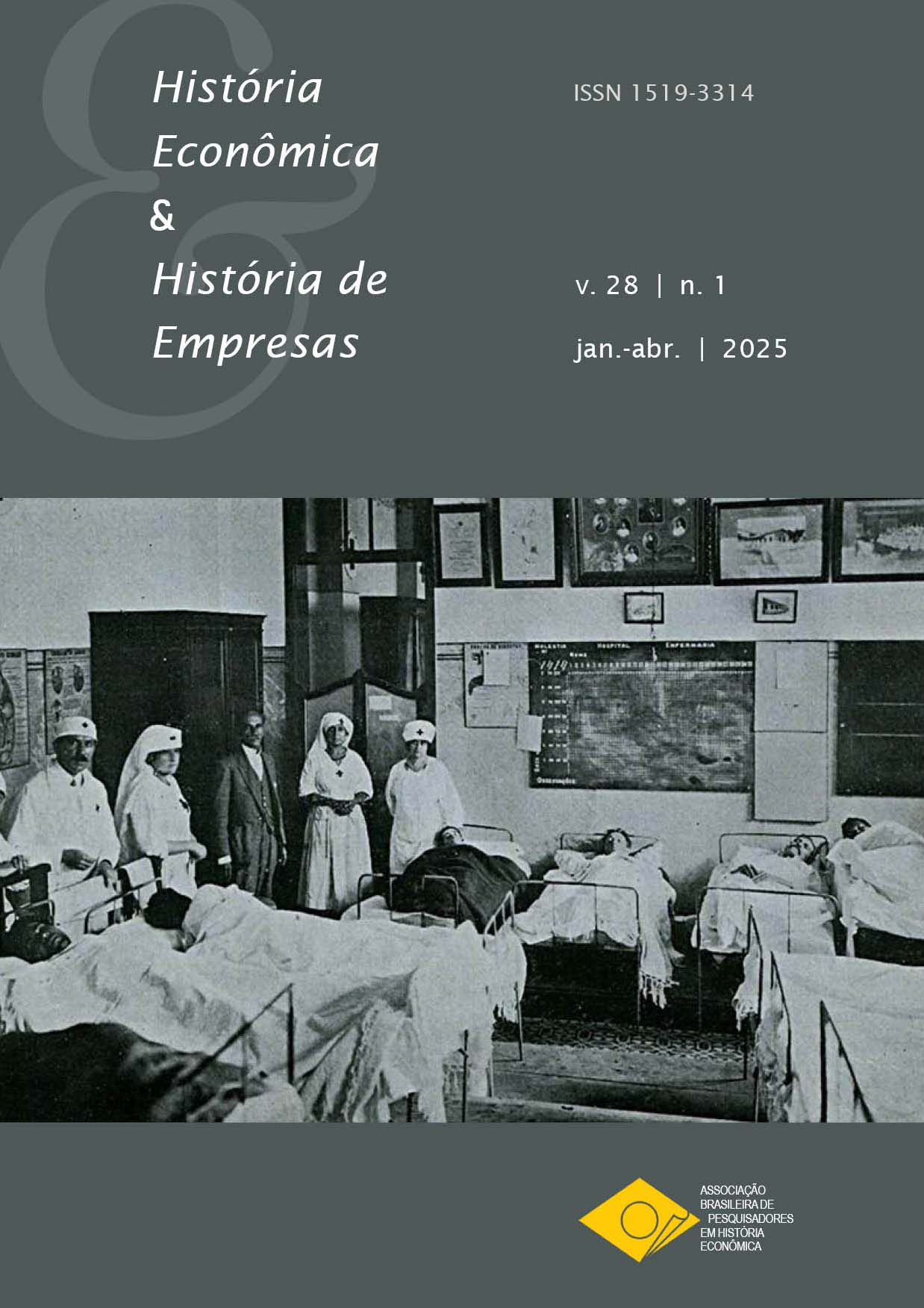The beginning of social security in Brazil: an analysis of the antecedents and foundations of the Eloy Chaves Law (1923)
DOI:
https://doi.org/10.29182/hehe.v28i1.994Abstract
We analyze the Eloy Chaves Law, approved in 1923, a landmark for social security in Brazil. The first objective is to examine the project's evaluation in Congress. The second is to analyze the progressivity of the law. The third is to study the implementation of the old-age and survivors fund (CAP) of the Companhia Paulista de Estradas de Ferro (CPEF). The main findings are: (i) the law was approved despite its imperfections; (ii) it served the interests of the elite and a small group of workers; (iii) the existence of one CAP per company is similar to a closed pension plan; (iv) there was a compulsory allocation of resources to public debt; (v) the old-age calculation rule didn’t meet the objective of progressivity; (vi) CPEF amortized part of its external debt with resources from its CAP; (vii) in CPEF the contributory burden was greater for passengers than for the company.
Downloads
Downloads
Published
How to Cite
Issue
Section
License
Copyright (c) 2025 Luís Eduardo Afonso, Julio Cesar Arminini de Araujo Lima

This work is licensed under a Creative Commons Attribution 4.0 International License.
Os autores mantêm os direitos autorais sobre o trabalho, concedendo à revista apenas o direito de sua primeira publicação. Além disso, têm autorização para assumir contratos adicionais separadamente para a versão do trabalho publicada nesta revista, desde que reconhecida a publicação inicial neste periódico.





